Sightseeing Spots
Search Results314
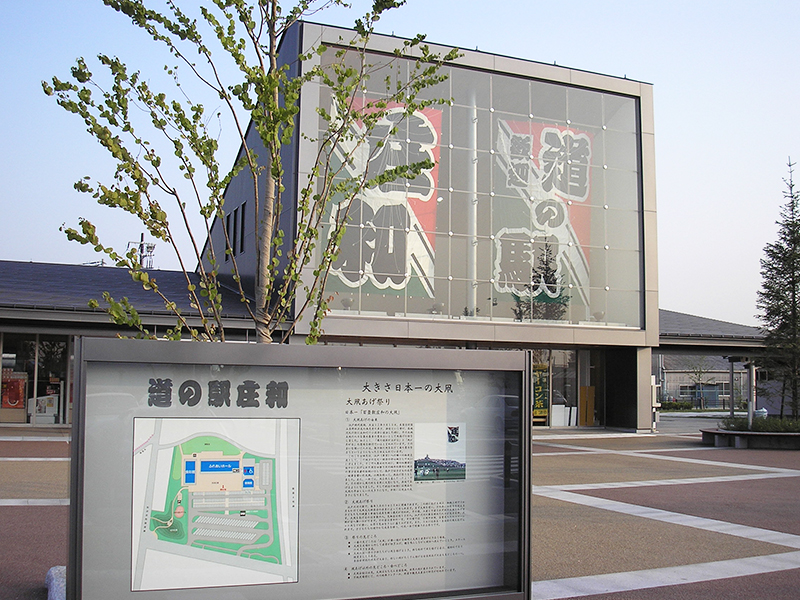
Roadside Station Showa, surrounded by a rural landscape of fertile farmland and pastoral rice fields interwoven with small forest groves, is nestled in the perfect environment to feel the change of the seasons. In the product hall, you can find a variety of souvenirs from all over the country, as well as products unique to the Kasukabe area. You can also buy local fresh vegetables at the farmers market, a place popular with tourists. Meals are also available at the restaurant, "Shokusai-kan."
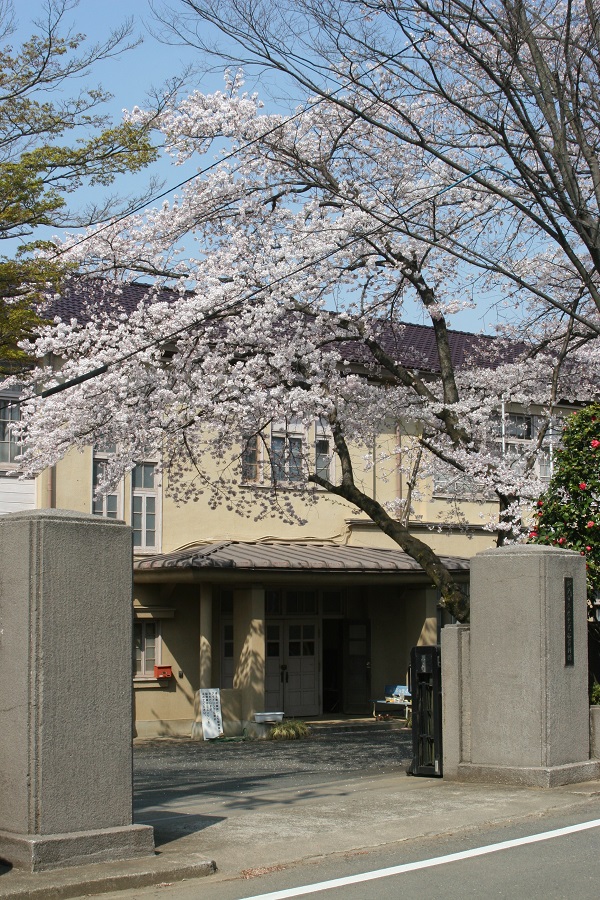
The Sakado City Historic Folk Museum was opened in October of 1980 as part of a municipal commemorative project with the aim of contributing to the development of education, learning, and culture. The building is a reconstructed and repaired portion of the former Suguro Elementary School building, and displays archaeological artifacts excavated from ruins found in the city, as well as folk materials collected from each region. The many folk tools on display are the witnesses of history; representing the wisdom gathered by local predecessors after years of cherished use, while also demonstrating the lifestyle at that time. In addition, archaeological artifacts such as the Haniwa human clay figures excavated from the Kitamine Kofun tombs and roof tiles from the ancient abandoned Suguro Temple, are materials representing Sakado City. In addition to permanent exhibits of these materials, the museum also holds special exhibits of folk tools.
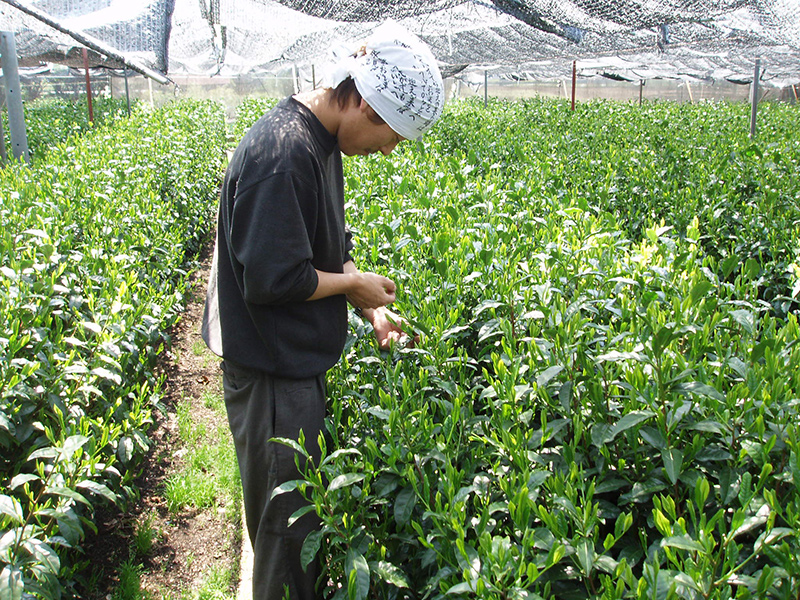
Our tea factory holds tours, and we lead tea picking experiences during the new tea season (around May 20th, end of June). There is also a direct sales office where you can buy our products cheaper than in regular stores (10% off bags of tea leaves, some products are excluded).
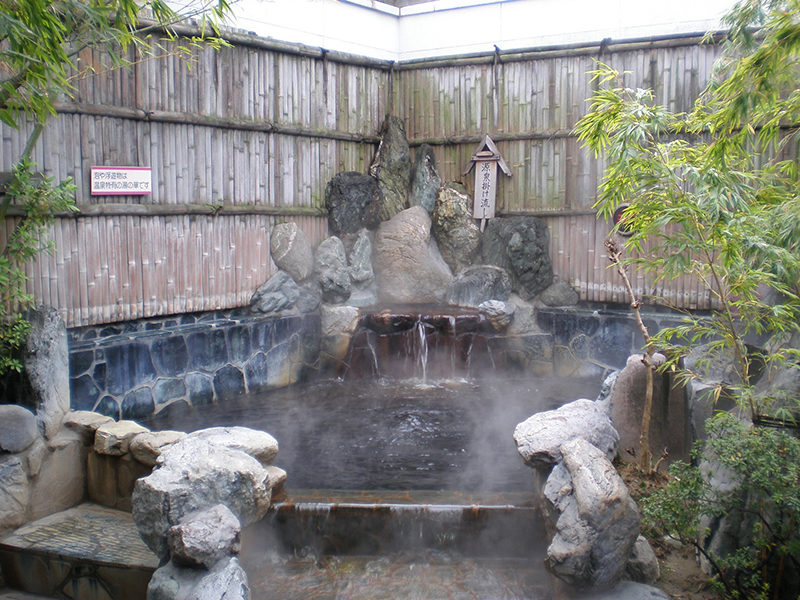
This black water (kuro-yu) hot spring, distinct to the Kanto area, is located along the National Route 4 bypass. In addition to the hot spring baths flowing directly from the source, you can enjoy jet baths, salt saunas, high-temperature saunas, medicated baths and utaseyu (striking water baths).
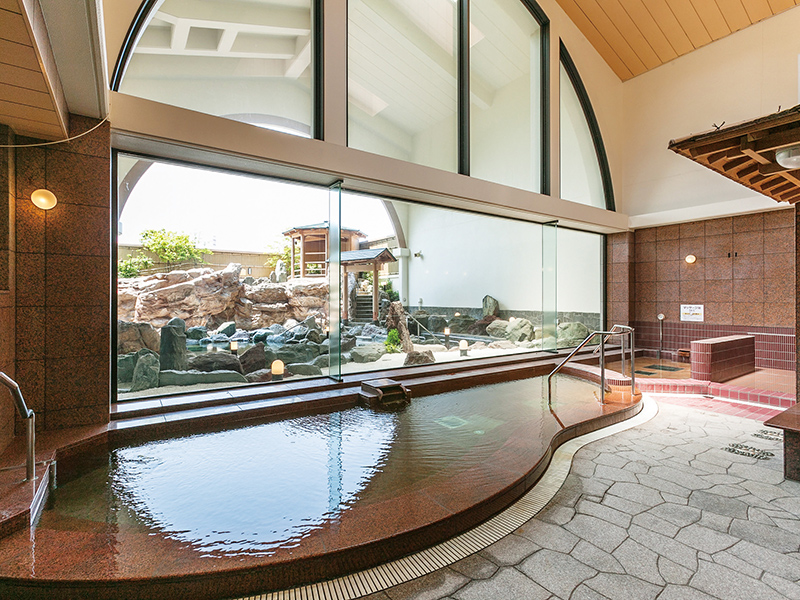
The bath uses water close to the source, a gensen (hot spring source) 2,000 meters underground. The water is rich in sodium and heats the body to its core. Due to the warming effects of the sodium, the bath is known as "Atamari no Yu" (warming bath). In addition, the hydrogen ion concentration is pH 8.1. This low alkaline water also helps soften dead skin cells, earning the bath the additional name of "Bihada no Yu" (bath for beautiful skin). Please enjoy the exquisite waters from the Kachōfūgetsu source. Also on the premises of this vast facility are a beauty salon, a massage parlor and a refreshing oxygen room. We offer a relaxing environment for each and every customer. (Please refer to the URL below for more information regarding the facility.)
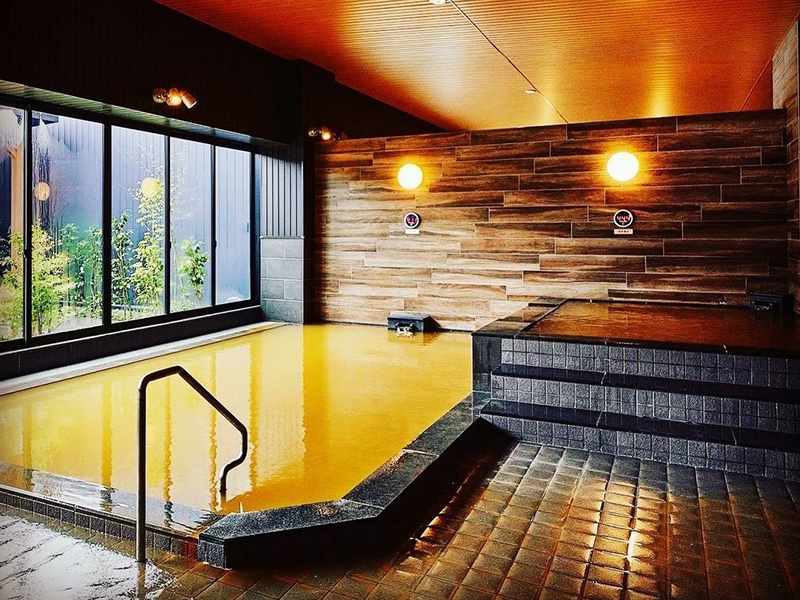
This hot spring was opened at Aeon Town Yoshikawa Minami in June 2021 under the theme ''deliciousness, happiness, beauty, and health." There are three types of indoor baths, a reclining bath and an outdoor bath. After taking a bath, you can enjoy sushi produced by Kanazawa Maimon and sweets by chocolatier Hironobu Tsujiguchi of Le Chocolat de H in the food court attached to the spa.
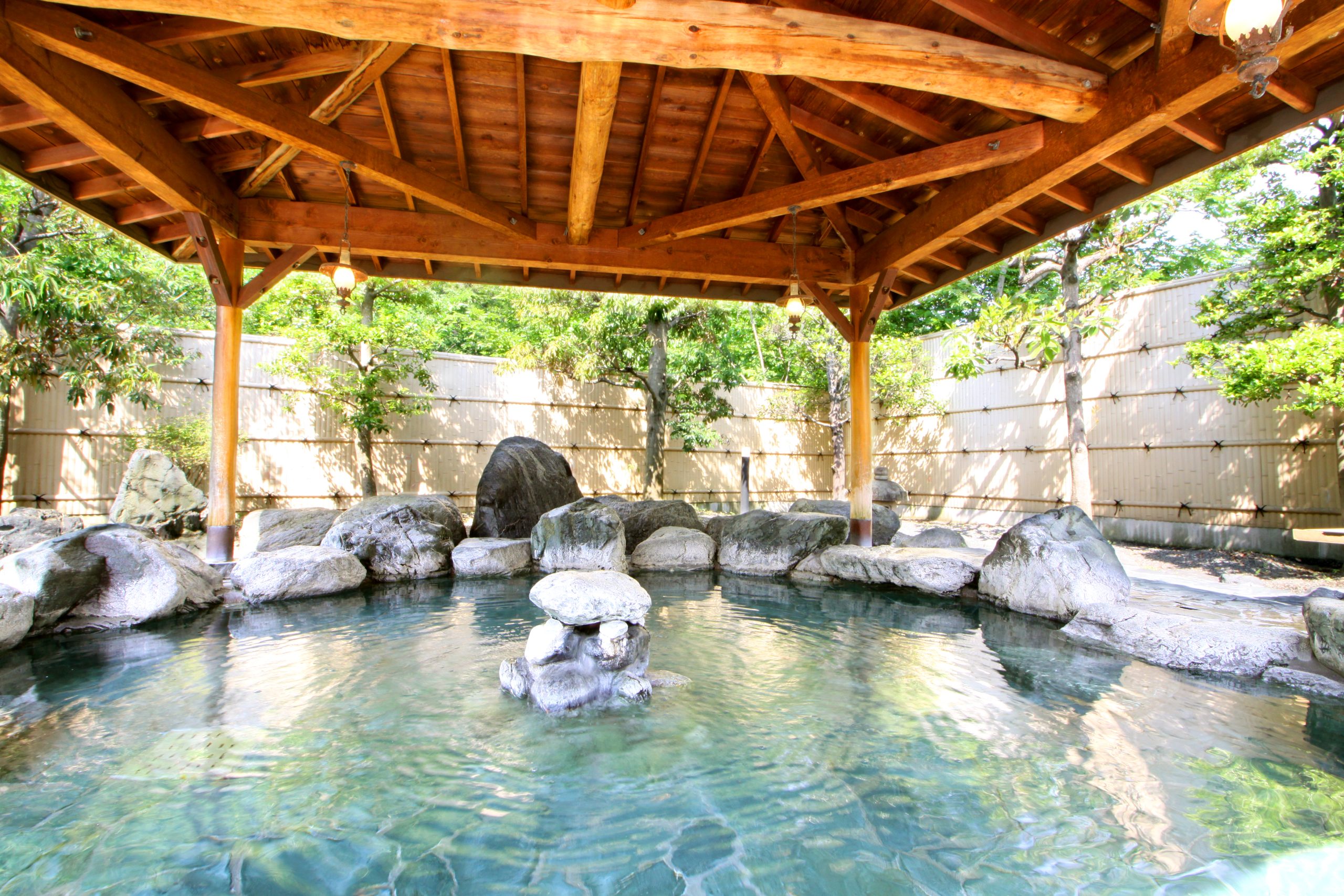
A simple sulfur hot spring. Chichibu Yumoto is a day trip hot spring with the Bukō Onsen as its source, and is effective for a range of chronic diseases such as nerve pain, sore muscles, joint pain, stiff shoulders, and poor blood circulation. One can fully enjoy nature in the liberating open-air bath with the hinoki (wooden) bath, which gives the gentle feeling of trees, and the rock bath, which provides a simple natural atmosphere. Nearby there are also Bukō Auto Campsite (Phone Number: 0494-23-8229) and lodging facility Bukō Onsen Bekkan (annex) (For reservations: 0494-24-4141).
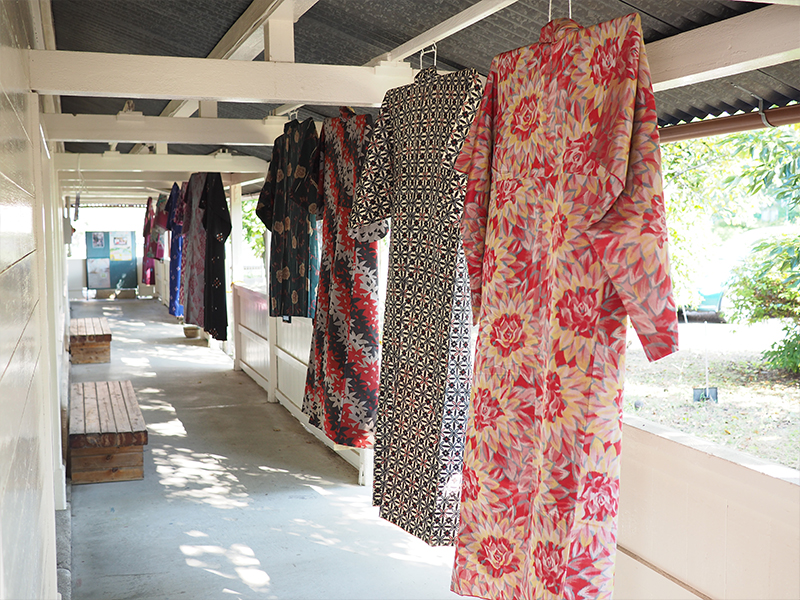
The building was built in 1930 and was registered as a Tangible Cultural Property in 2001. At the Chichibu-Meisen museum, you can learn about the history of Chichibu-Meisen, view the exhibits, and try your hand at stencil dyeing and weaving. All the equipment displayed in the museum is still in use, and if you are lucky, you can even see it in action.
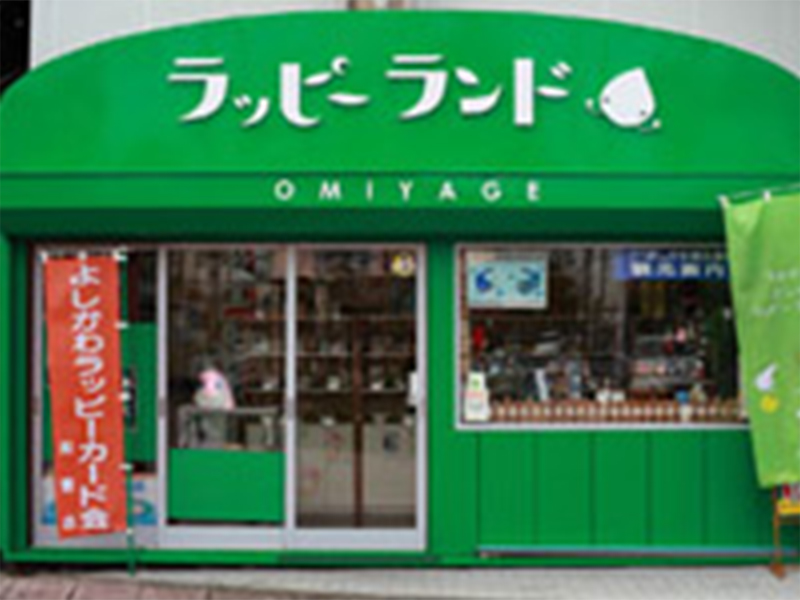
Located at the Yoshikawa Station North Exit on the JR Musashino Line, Rappi-Land offers many goods and souvenirs pertaining to Yoshikawa City, the home of the catfish. There is a wide variety of Japanese sweets such as manjyu, dorayaki, monaka, senbei, and even locally produced cola. You will even be greeted by a real catfish! The shop also serves as a tourist information center, so please stop by when you come to Yoshikawa.
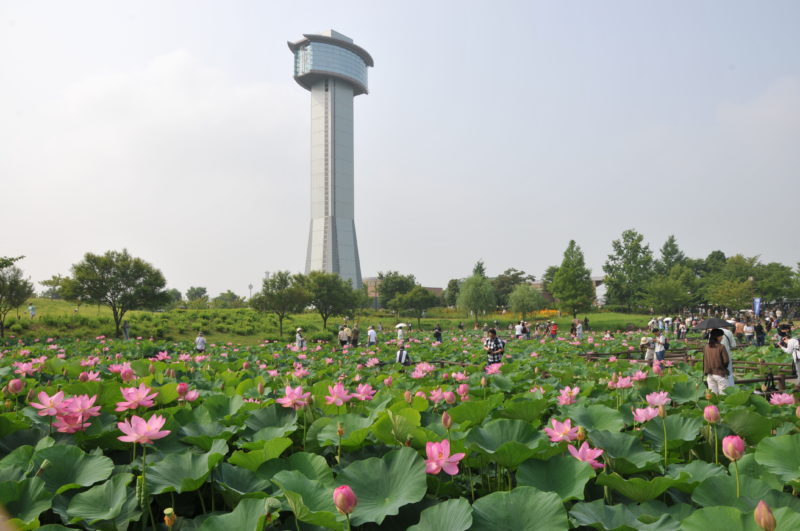
From mid-June to early August, 12,000 stocks of 42 different types of lotus flowers bloom on the surface of this lotus pond. The Gyōda lotus (ancient lotus) is a primitive form with few petals; it is said this variety of lotus is from about 1,400 to 3,000 years ago. Lotus flowers are best viewed midmorning. There are aquatic plant botanical gardens, aquatic bird lakes, peony gardens, plum tree groves, and a spot for flower viewing (hanami) cherry blossom trees, making it a place to go to feel the beauty of nature all year round. In addition, from mid-July to mid-October, rice paddy art is at its prime and can be viewed from the Ancient Lotus Hall’s Observation Room. The rice paddy art of Gyōda City started in 2008, with annual rice transplanting taking place with the help of several volunteers and participants. Not only are the designs original, but some have been featured in movies, TV shows, games. In 2015 it was recorded in the Guinness World Records as “the world’s largest (rice paddy art).”
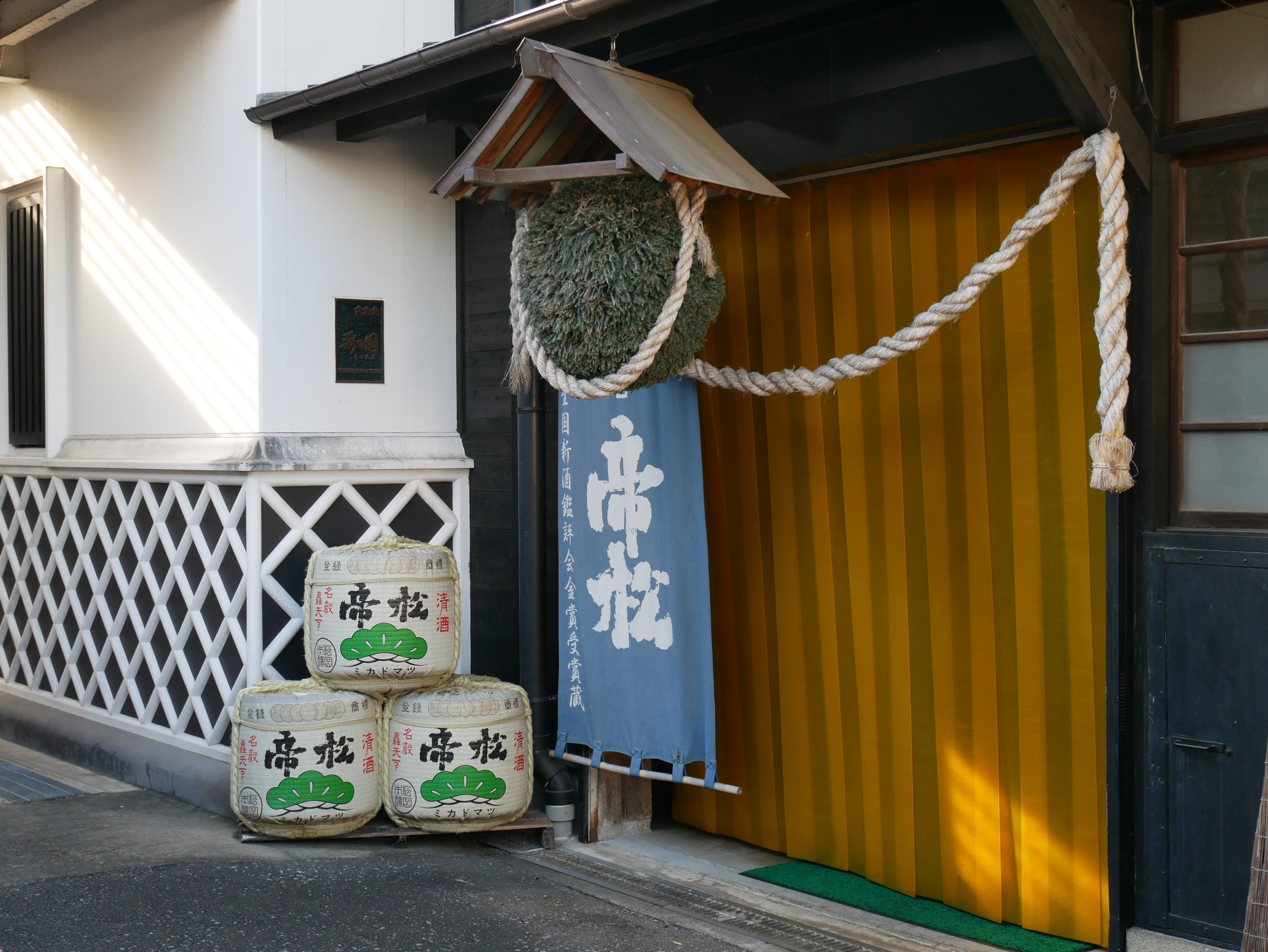
A brewery which holds a prefectural record for winning the gold medal at the Annual Japan Sake Awards for 8 consecutive years. Matsuoka Brewery originated when first generation brewer Matsuoka Emon, in search of higher quality water, moved his brewery from Niigata to Ogawamachi. The brewing water sourced from the Chichibu mountains has a higher concentration of minerals, pumped from a source 130 meters underground. At our brewery tour (reservation required), visitors can view the brewing warehouse, learn about the sake brewing process and enjoy a sake tasting. The Daiginjo (super premium sake) ice cream available at the brewery direct sales shop is a hit with children and adults alike. There is also a brewery restaurant, “Shofuan,” adjacent to the facility.
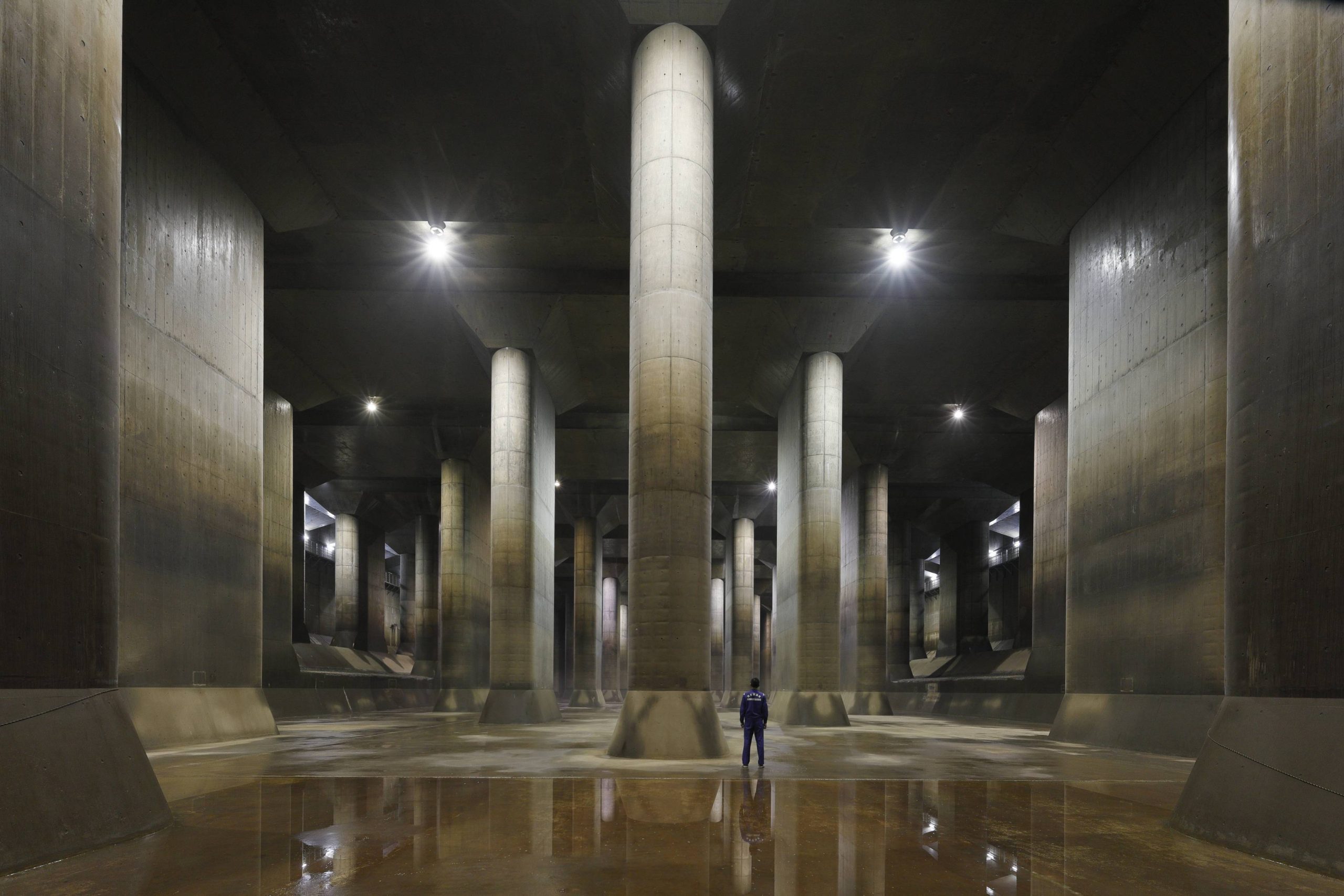
To help visitors learn more about the role of the regional flood control facility, “Metropolitan Area Outer Underground Discharge Channel,” we have increased the appeal of our tours and begun the second installment of this ongoing social experiment. In addition to the wildly popular tour of the surge tank, known as the "underground shrine," we have added secret passages, pump rooms, and sections of the gas turbine which will be opened to the public in 4 different courses. We encourage you to experience the grandeur of the “Metropolitan Outer Area Underground Discharge Channel.” Please check the URL below for details regarding tours and facilities. Notes on the reservation site: You can switch to English by clicking on the mark next to the earth symbol in the top right corner of a header section
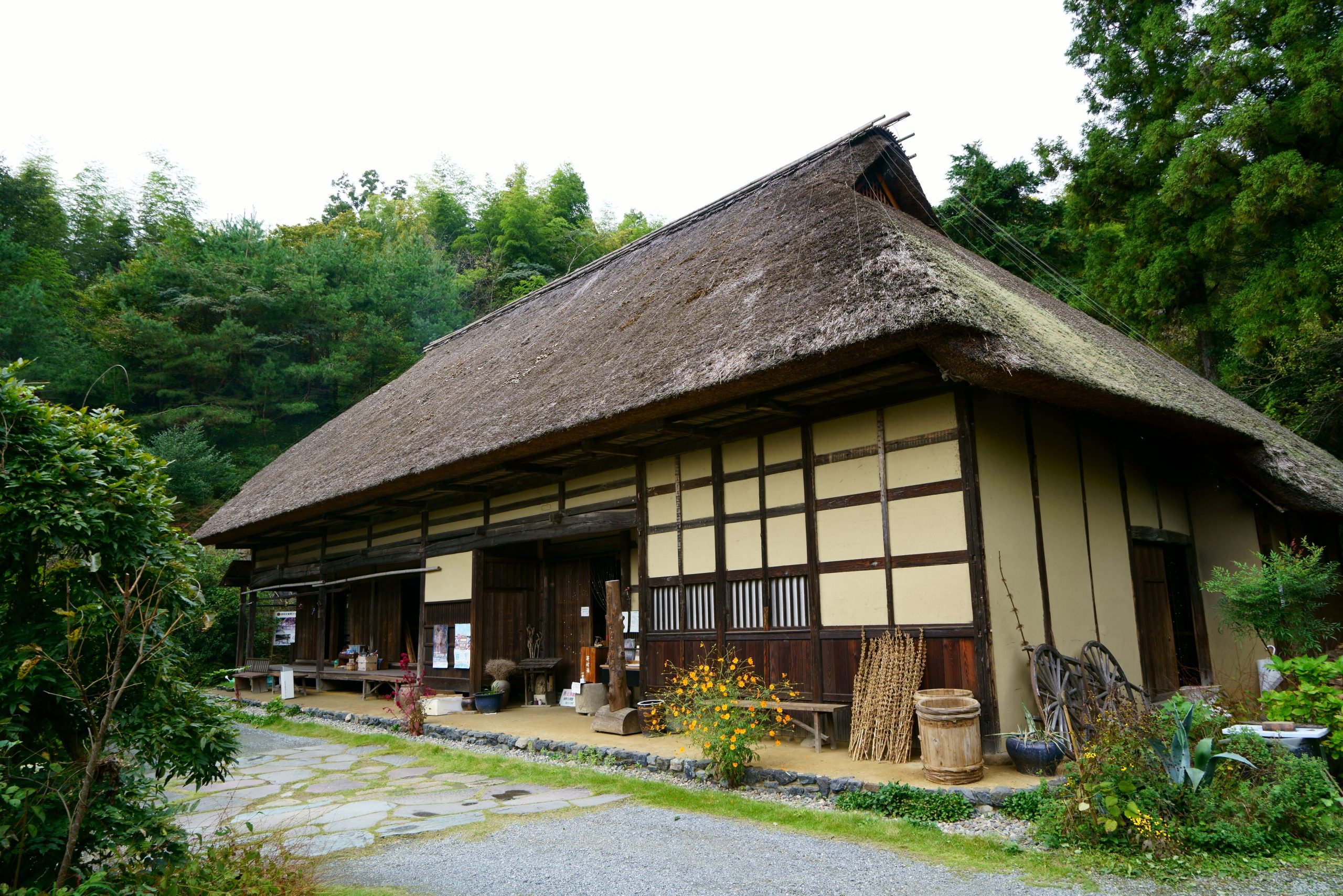
Constructed in 1721 and the largest private residence in the prefecture, this residence features a hip-and-gable thatched roof demonstrating the age of the building, and has been designated a National Important Cultural Property. The building measures 21.8 meters in length and 10.5 meters between beams. Visitors can sit around the sunken hearth (irori) and enjoy old-fashioned udon (wheat noodles), dango (rice dumplings) and other foods.
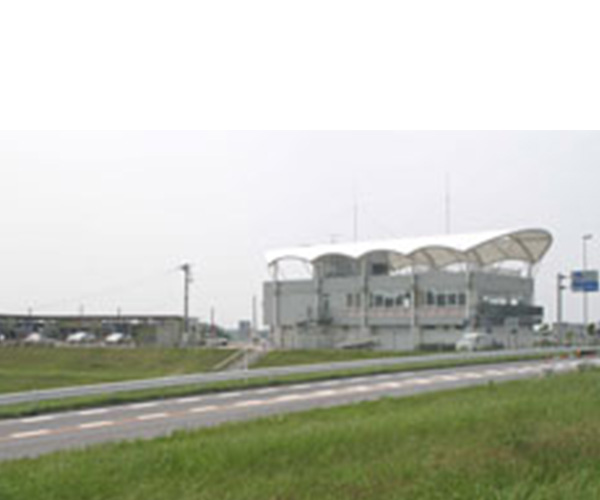
A roadside station with a full view of Watarase-yusuichi (a vast wetland and vibrant wildlife habitat). There is a facility selling products such as Koshihikari brand rice, grown on the fertile land of Kitakawabe area, and fresh local vegetables such as the Momotarō tomato. The richly flavored handmade soba available at the farm restaurant is also very popular, with many repeat customers. This new attraction is very unique to Japan as it straddles three prefectures, resulting in the roadside station being responsible for its overall promotion.
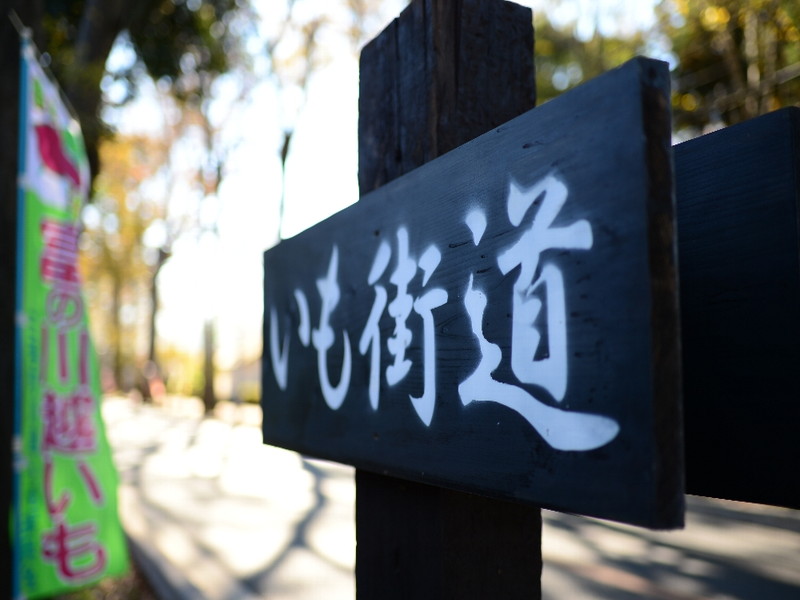
This road is lined with farm houses responsible for producing Miyoshi-machi’s specialty sweet potato “Fuji no Kawagoe Imo." When in season in September through January, the farmers raising their banners in unison to signify that many sweet potato varieties are now available for purchase is a sight unique to this area. There are also farmers selling ice cream, yōkan (gelled red bean wagashi) and shōchū made from Fuji no Kawagoe Imo. The large Japanese elm trees on either side of the road are another popular attraction.
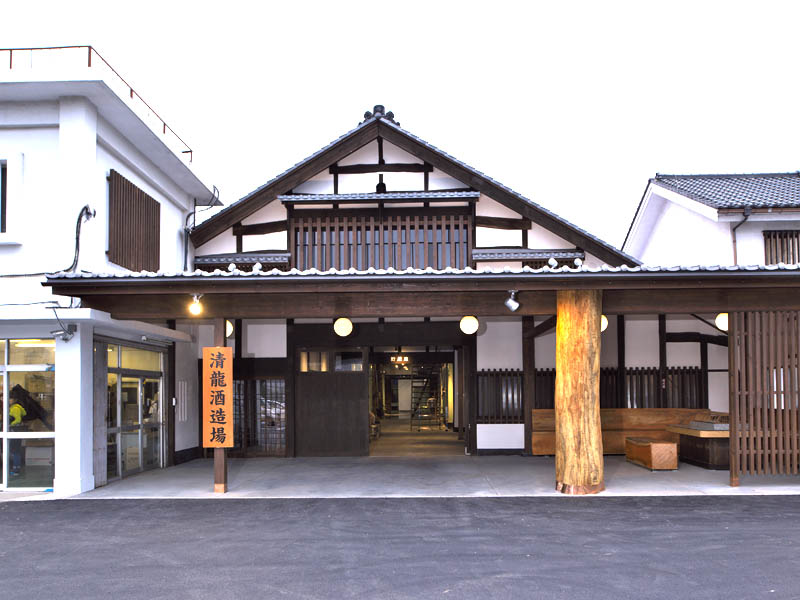
Seiryu Brewery is famous for being both the biggest producer in the Kanto region and for offering superb taste and top quality. Beginning with their concept of "showing the face of the brewer to inspire trust in the customer," they were the first in the local industry to sell sake at the brewery directly to the customer.
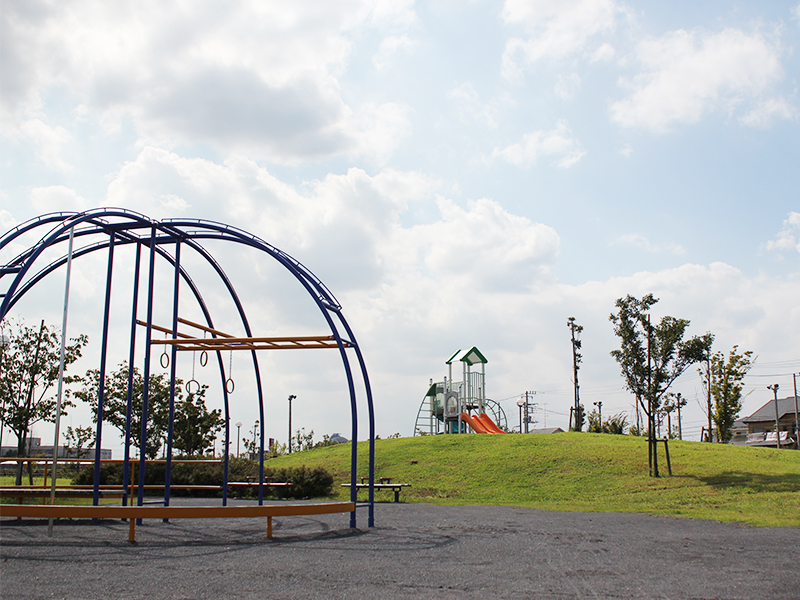
Located only a 5-minute walk from Yoshikawaminami Station on the JR Musashino Line, this is the largest park in Yoshikawa City. From Miharashi Hill, you can see the adjacent pond and multipurpose plaza. There is also a playground with a variety of equipment which can be enjoyed by both children and adults.
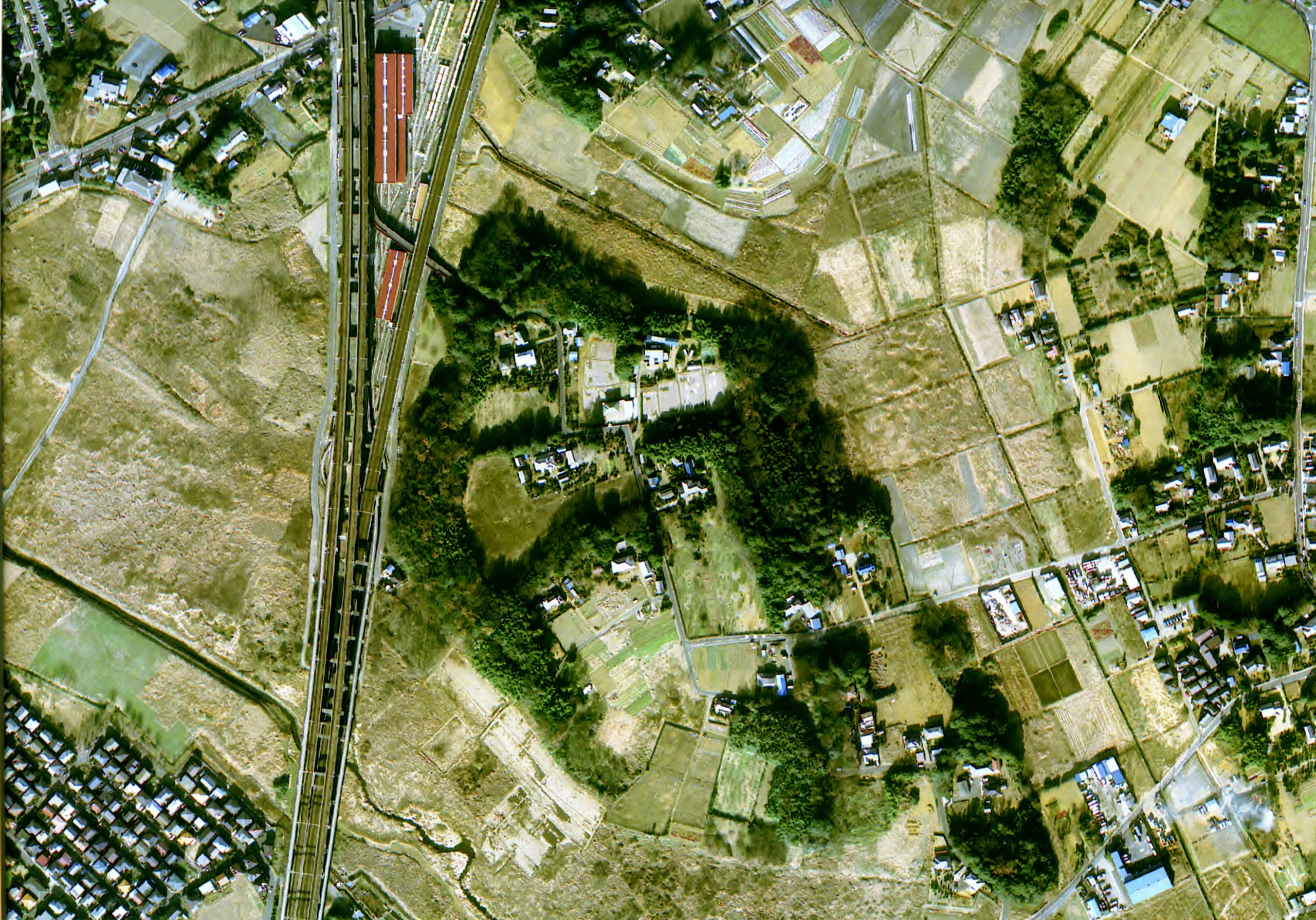
Ina town has a rich history still visible in the seemingly ordinary townscape of today, telling the tales of many hundred years ago. This is the site of the encampment used by the prominent leader Tadatsugu Ina, who served under the Tokugawa shogunate during the Edo period. Tadatsugu improved irrigation channels and developed rice fields, laying the foundation for the legendary Tokugawa rule that lasted 260 years. To this day, earthworks, moats, and streets remind us of the past through their names that relate to ruins of old gates, encampments, storehouses, and other historical structures. Excavations are still under process, and new finds, such as unique earth constructions made to hinder enemy troops, are being discovered, further revealing the exciting history of Ina town.
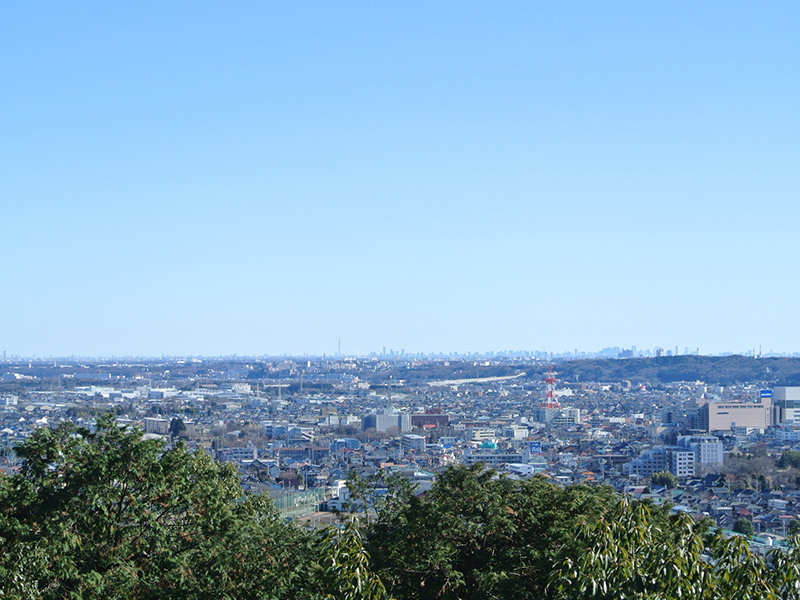
Given its name after Emperor Meiji climbed to the summit, Mt. Tenran (imperial inspection) is the first scenic spot designated by the prefecture. Despite its low elevation, Hanno City can be seen below. The cherry blossoms in spring, azaleas, and autumn leaves make this mountain a beautiful starting point to the Okumusashi Long Trail.
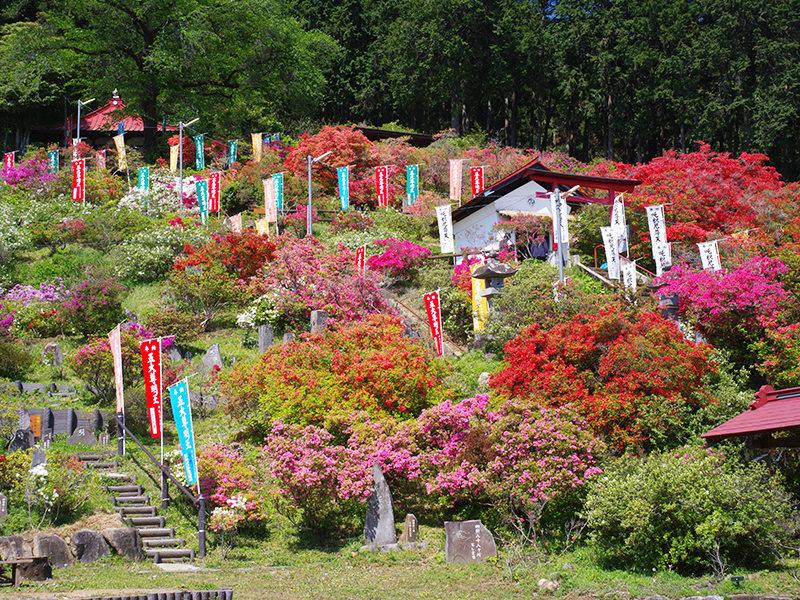
Ancient trees, said to have been planted more than 350 years ago, line either side of the stone steps of Godaison, where the five statues of Myo-o, the gods of wisdom, are enshrined. The adjacent Azalea park is one of the best Azalea viewing spots in the Kanto region, with about 10,000 azalea plants in bloom.
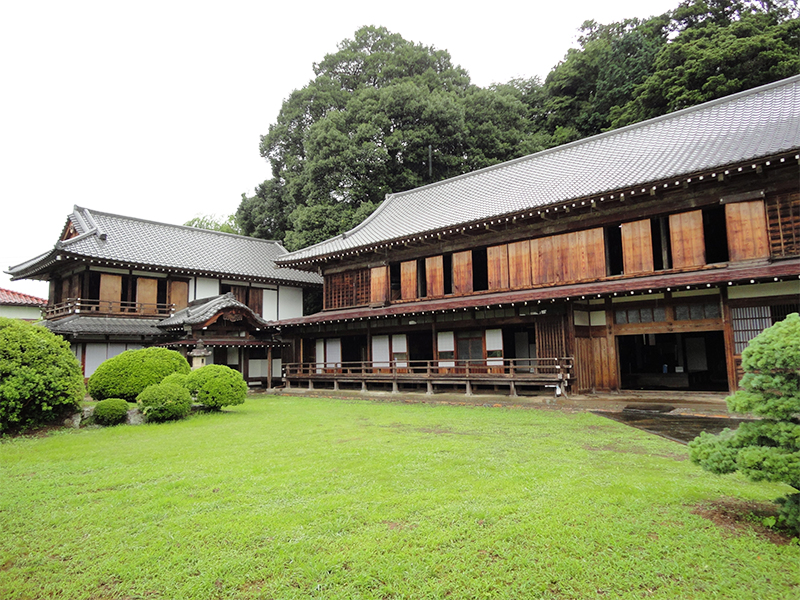
This residence, built during the end of Edo period to the first half of the Meiji period, centers around the main building and guest hall, which includes a barn and two storehouses. Featuring stone and white walls built facing the road, it is a beautiful representation of Komago scenery. The residence was designated as a national tangible cultural property in 2014.
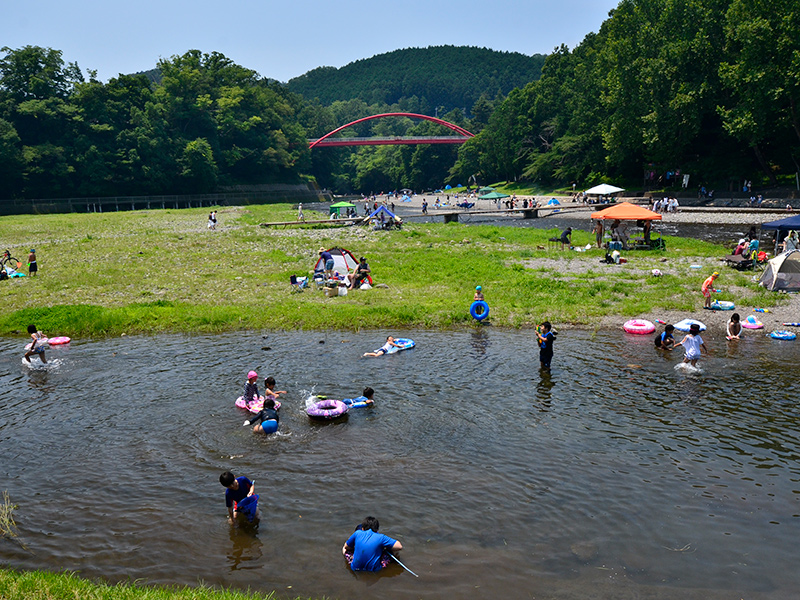
Just a close 15 minute walk from the station, this popular Hanno City tourist spot is filled with people in the summer. The contrast of the deep green trees with the red Wareiwa Bridge provides an ideal photo background, making this the perfect riverside spot for capturing fun summer memories. Rental BBQ equipment and ingredients are also readily available at nearby stores, so revelers can arrive empty-handed.
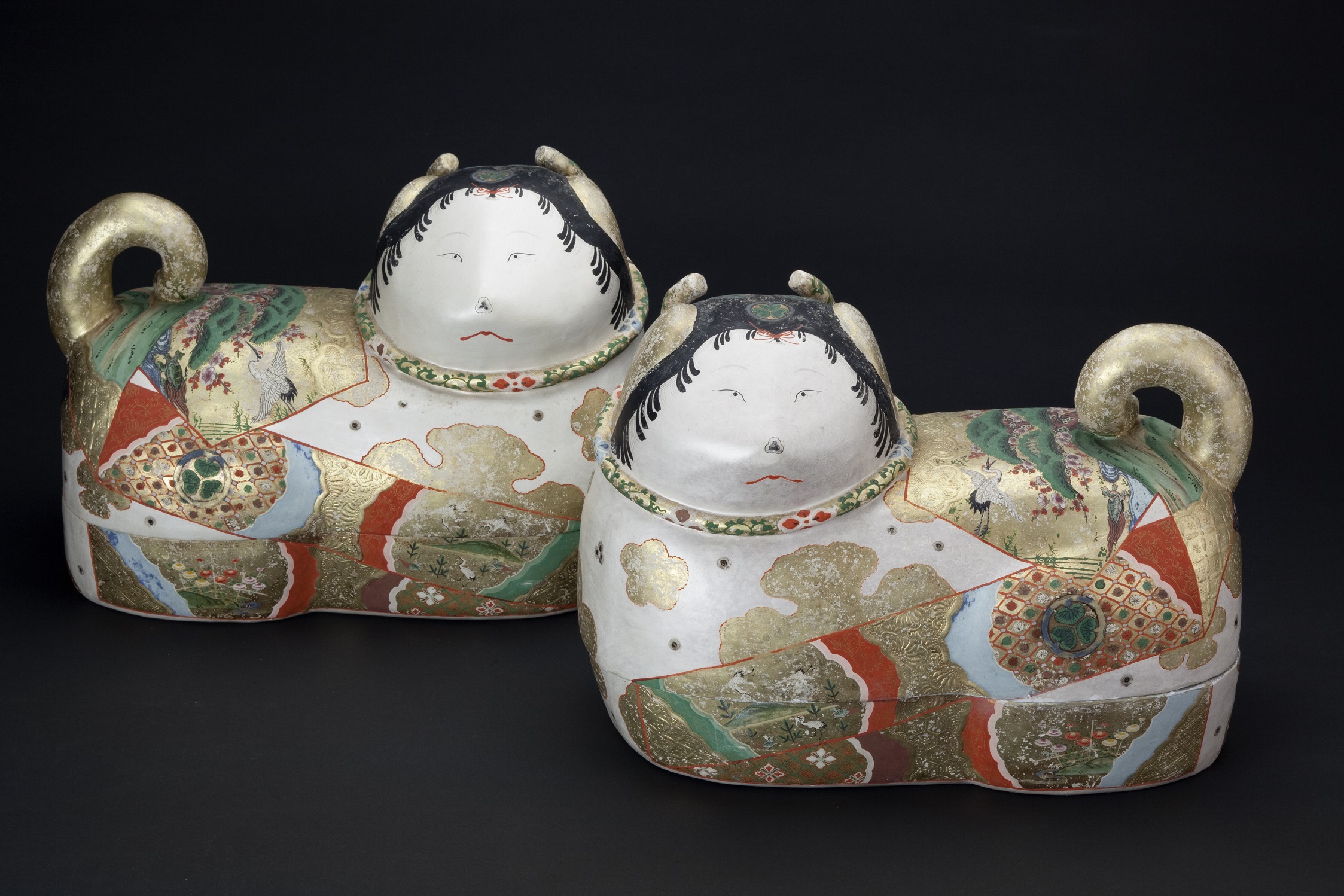
“Saitama City Iwatsuki Ningyo Museum” was opened in Saitama’s Iwatsuki Ward in 2020 and explores the history of dolls and their role in people's lives, promoting the culture of dolls for the future. We are working on a project to make dolls more familiar to people through exhibitions and activities, as well as collecting and storing documents related to dolls and researching about the culture of dolls. (For more information, please see the URL below)
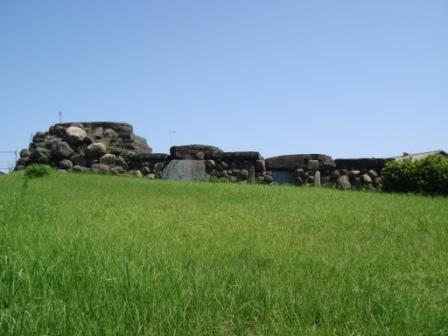
The Hachimanyama Kofun (Mount Hachiman megalith tomb) in Gyoda City is the main tomb of the group of Wakakodama tombs found in this area. Restored in 1981, it is estimated to have been built in the 7th century and has a diameter of 80 meters. The “Urushi Nuri Mokkan" (lacquered wooden casket) was excavated from the stone hut in almost perfect condition, with those buried inside assumed to have been people of power. It is called “Kanto-no-Ishibutai" (the stone stage of Kanto) because it is similar to the Ishibutai Kofun (stone stage tomb) at Asukamura of Nara Prefecture.
This site uses cookies to improve the user experience. If you continue to browse, you consent to the use of cookies on this site. Accept
CONTACT
